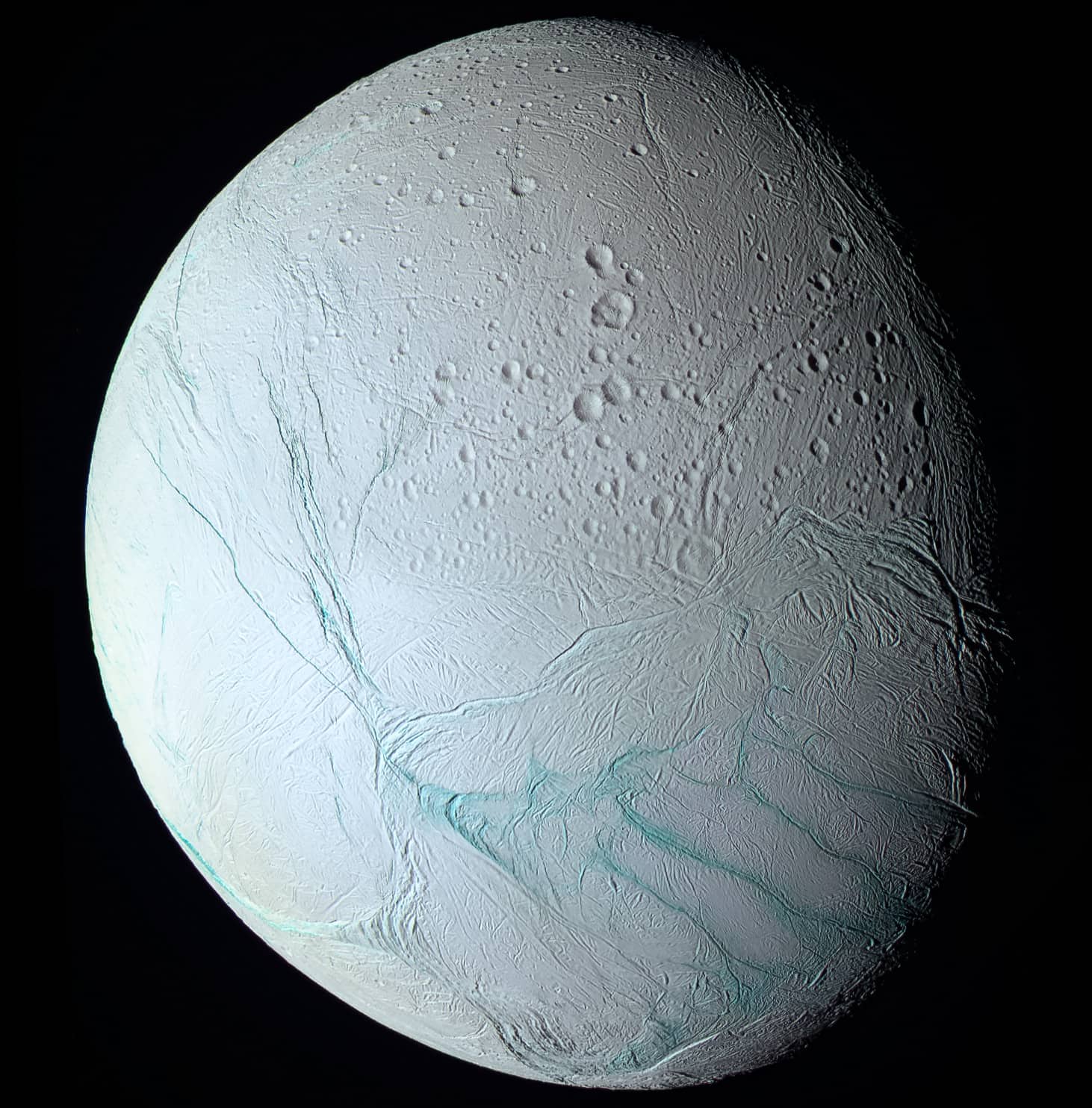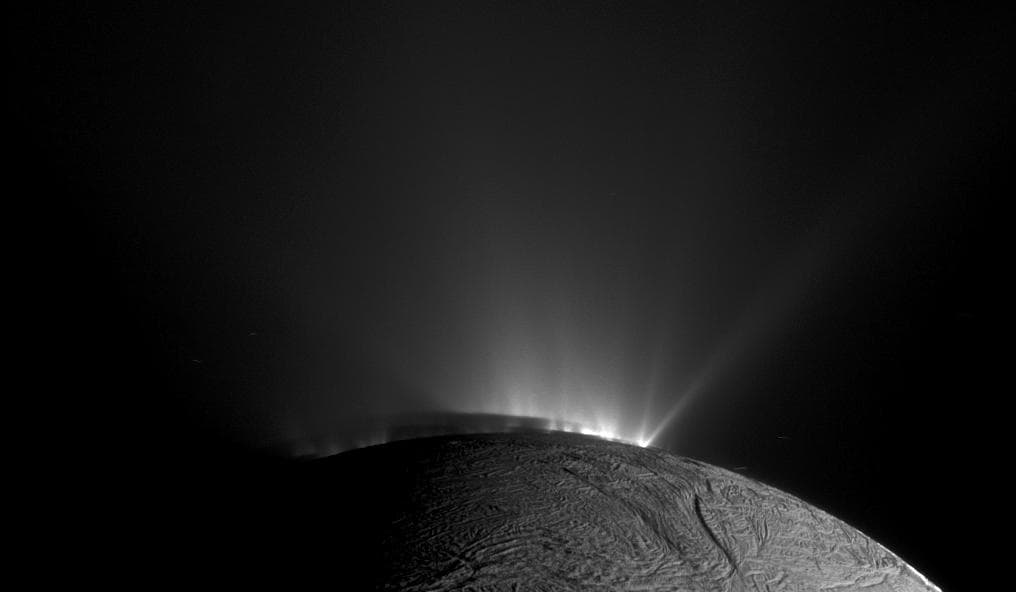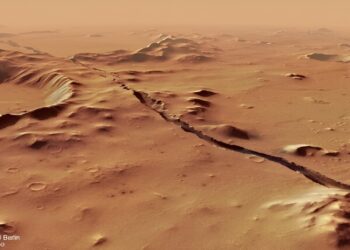Saturn’s moon Enceladus was once considered an uninteresting icy speck in the vastness of space. But it’s recently emerged as a potential hotbed for extraterrestrial life. Enceladus was already a promising place, but the new revelation springs from a new analysis of data from NASA’s Cassini spacecraft, which spent over a decade exploring the Saturnian system.
The Cassini mission found strong confirmation of hydrogen cyanide, a poisonous molecule in the subsurface oceans of Enceladus. While this gas is poisonous, it could in fact be linked to the emergence of life.

Enceladus is a frozen world, lying too far from the sun to maintain liquid water on its surface. But the gravitational pull from Saturn creates friction — and this friction creates enough heat to melt the ice and create an ocean of liquid water. Some of this liquid water erupts in massive spurts that enable researchers to look at its composition in more detail.
Previous research has already unmasked Enceladus as a surprisingly dynamic world with geysers spewing water vapor and complex organic molecules into space. These jets, originating from the moon’s south pole, paint a picture of a subsurface ocean beneath the icy crust, offering a tantalizing glimpse into a world where life could exist.
Earlier studies identified carbon dioxide, methane, and ammonia in the plumes, which already suggests hydrothermal activity similar to Earth’s deep-sea vents, known for hosting rich ecosystems. Now, researchers have found another promising chemical: hydrogen cyanide.
“Our work provides further evidence that Enceladus is host to some of the most important molecules for both creating the building blocks of life and for sustaining that life through metabolic reactions,” said lead author Jonah Peter, a doctoral student at Harvard University who completed much of the research while working at NASA’s Jet Propulsion Laboratory in Southern California. “Not only does Enceladus seem to meet the basic requirements for habitability, we now have an idea about how complex biomolecules could form there, and what sort of chemical pathways might be involved.”
“The discovery of hydrogen cyanide was particularly exciting because it’s the starting point for most theories on the origin of life,” Peter said. Life, as we know it requires building blocks, such as amino acids. Hydrogen cyanide, is one of the most important and versatile molecules needed to form amino acids. Because its molecules can be stacked together in many different ways, the study authors refer to hydrogen cyanide as the Swiss army knife of amino acid precursors.

The chemical signature of molecular hydrogen hints at hydrothermal activity on the ocean floor, providing a potential energy source for life. Hydrothermal vents on Earth are known for their rich ecosystems, thriving in the absence of sunlight. If Enceladus has similar hydrothermal systems, they could provide the right conditions for life to emerge and evolve.
This discovery transforms our view of Enceladus from a frozen wasteland to a dynamic laboratory for astrobiological research. The moon’s subsurface ocean, with its rich chemical mixture, is strikingly reminiscent of the early Earth’s primordial soup, where life is thought to have originated.
This new finding just goes to show how impactful the Cassini mission was. The Cassini mission is over, but the data is still being analyzed.
“Our study demonstrates that while Cassini’s mission has ended, its observations continue to provide us with new insights about Saturn and its moons — including the enigmatic Enceladus,” said Tom Nordheim, a JPL planetary scientist, a co-author of the study and a member of the Cassini team.
This is also just one of Saturn’s frozen moons that can have the right conditions for life. Europa is another promising moon with somewhat similar conditions to Enceladus.
No doubt, our solar system is much more interesting than we previously thought. Who knows, we may even find life right here in our cosmic backyard.

![{"shape": [8200, 8200, 3]}](https://cdn.zmescience.com/wp-content/uploads/2025/01/Euclid_s_view_of_spiral_galaxy_IC_342_pillars-350x250.jpg)




